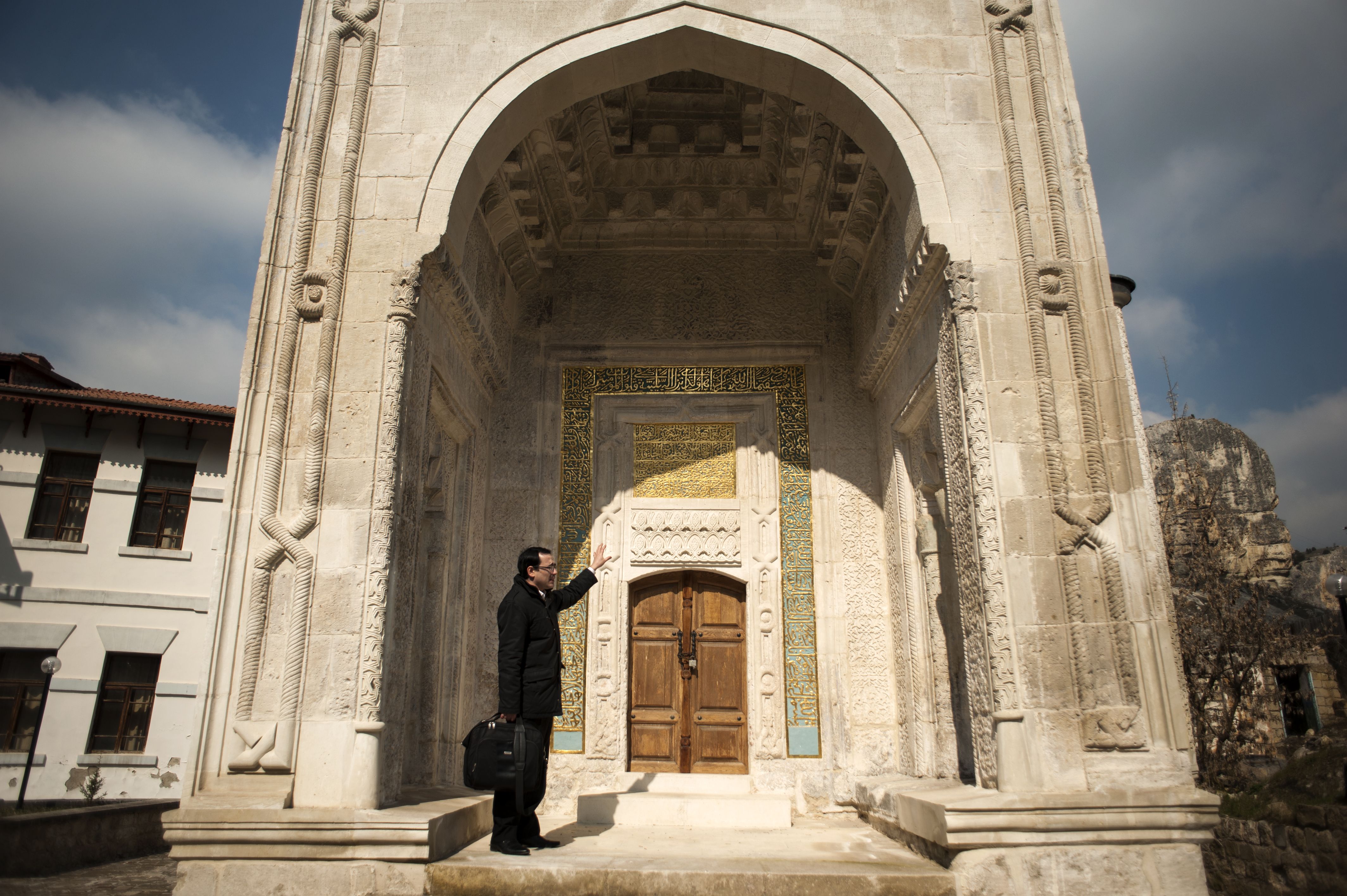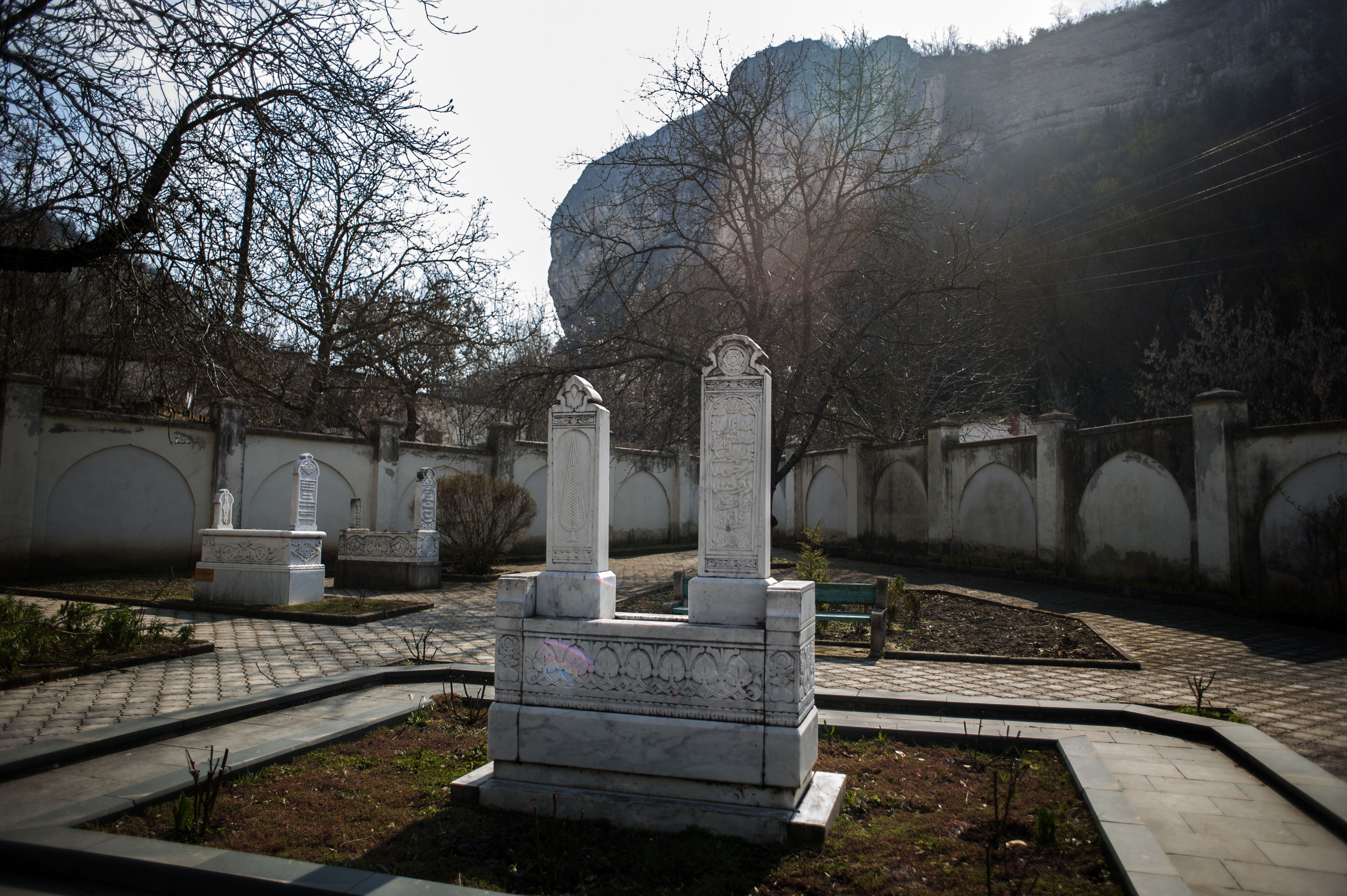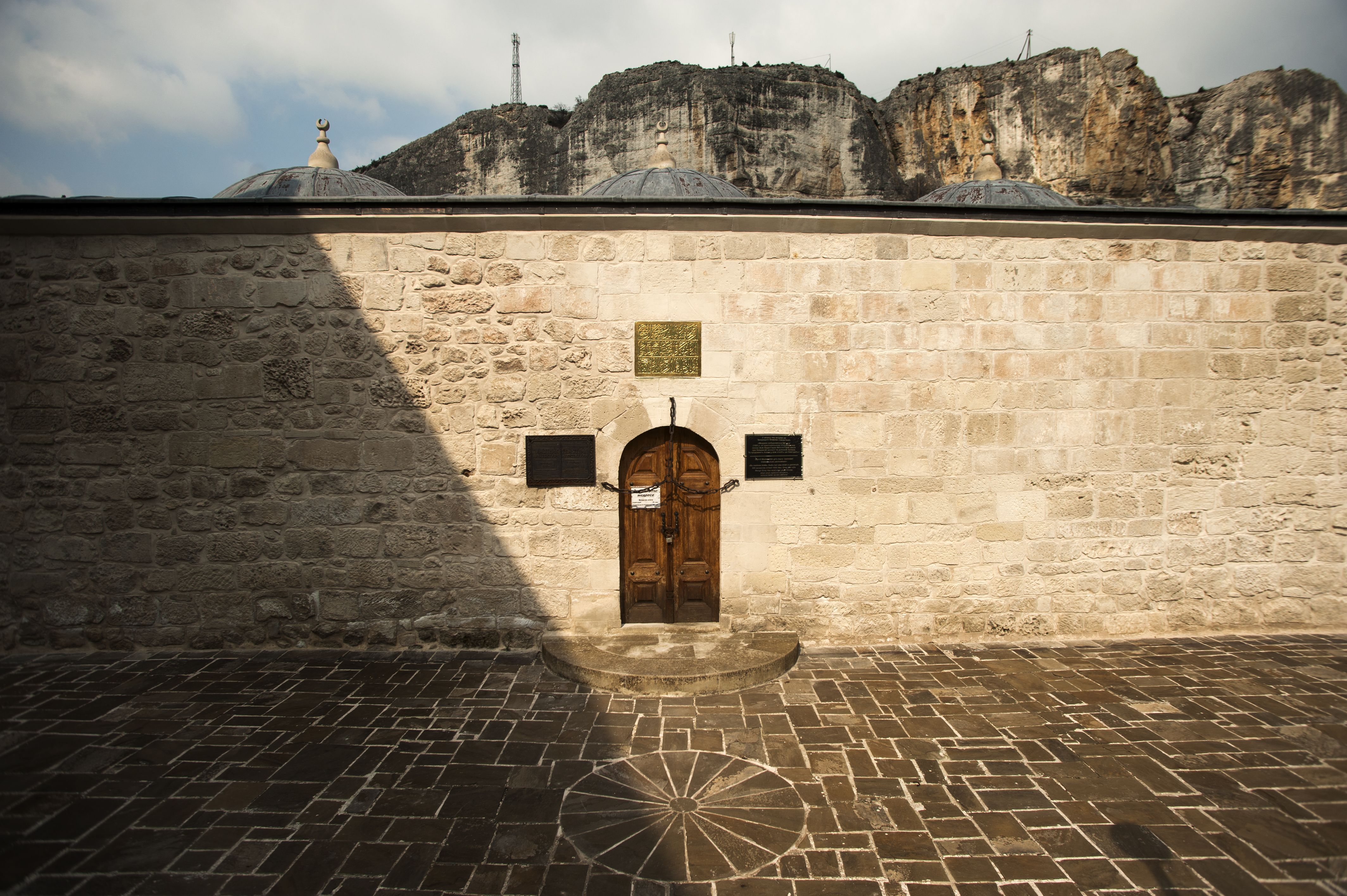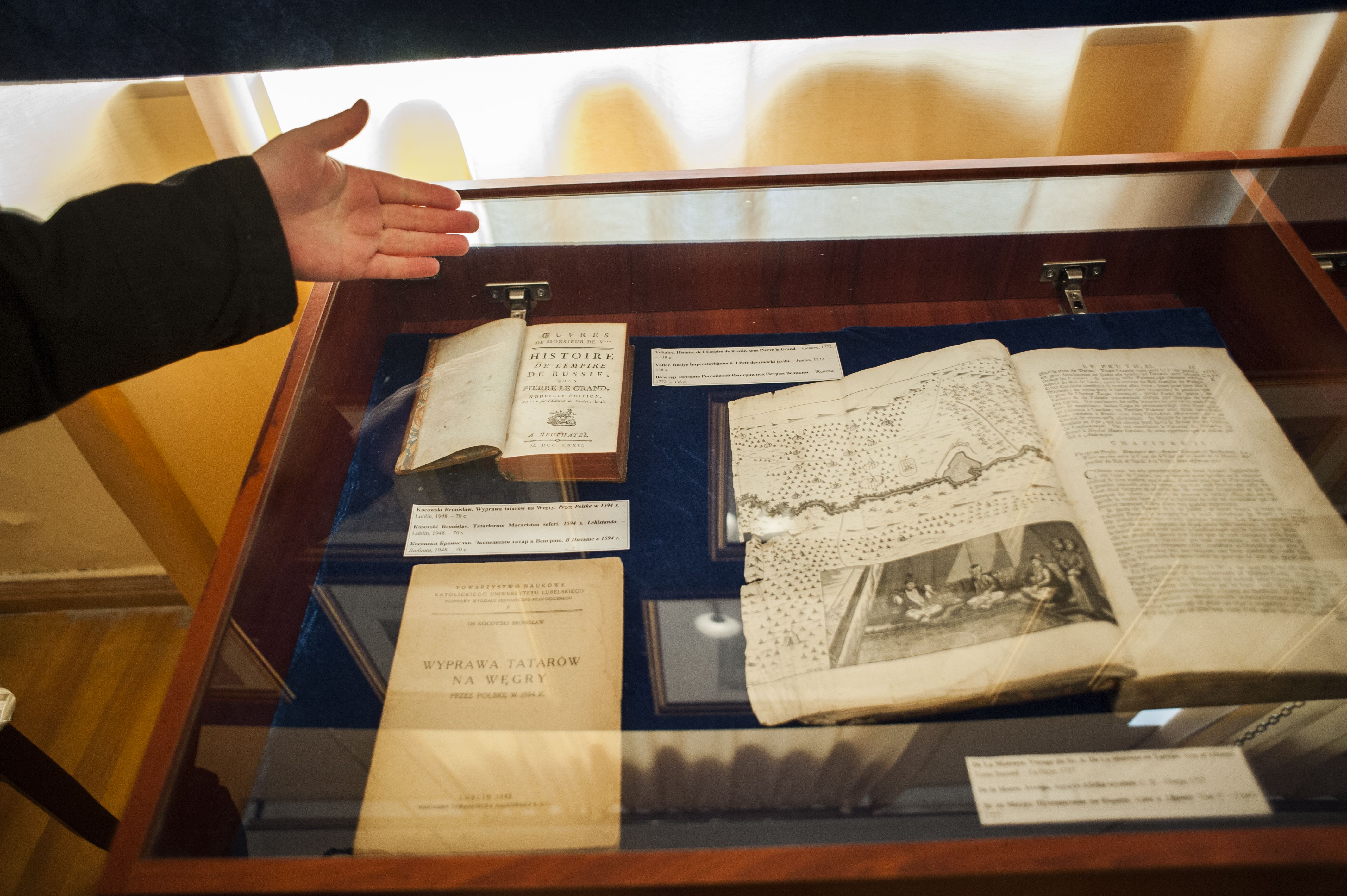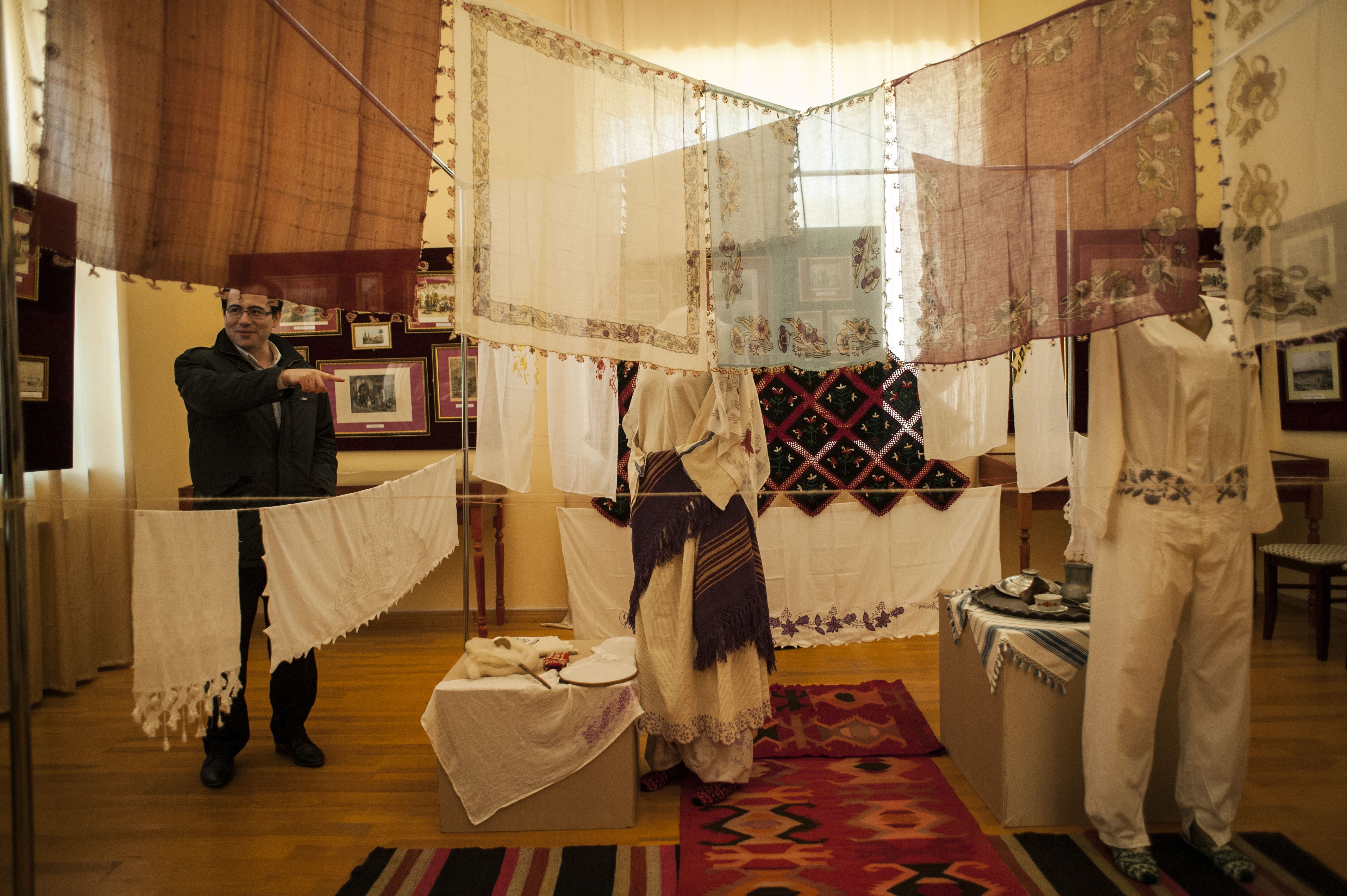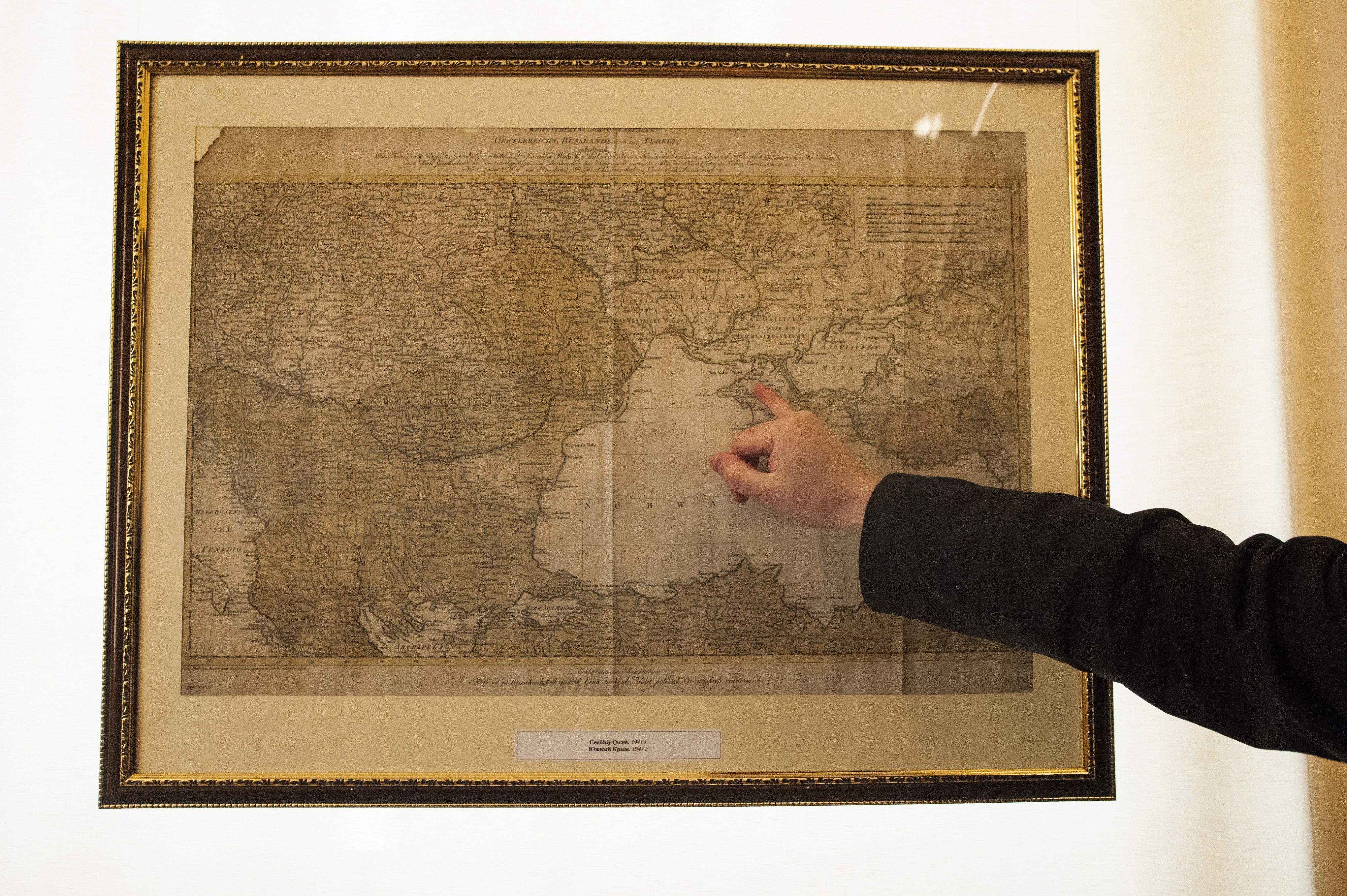BAKHCHYSARAI, Crimea—Guliver Altın loves old maps. He loves the crudely drawn outlines of continents and oceans, the regions of bright green and red and yellow—shapes and colors moving across the ages, expanding and contracting. To him, maps represent the vagaries of political history, illustrated.
Few places in the world have had more colorful and mutable maps than the Crimean peninsula, where borders have shifted yet again after Russia annexed the region from Ukraine in mid-March, following a referendum. As if living in a world of Zeno’s paradoxes, Crimeans have suddenly found themselves in a new country and even a new time zone. But this is nothing new. In 1783, after a series of wars, the Russian Empire annexed the Crimean Khanate, the Muslim Tatar state that had ruled Crimea and part of the north littoral of the Black Sea for the three previous centuries. In 1954, Soviet leader Nikita Khrushchev transferred the peninsula from Soviet Russia to Soviet Ukraine, only for Crimea to become part of independent Ukraine after the disintegration of the U.S.S.R. in 1991.
A Crimean Tatar, Guliver Altın is primarily interested in the Khanate. Relentlessly persecuted under the Russians, massacred and deported under the Soviets, their books burned and their architectural monuments razed to the ground, the Crimean Tatars have lost much of their legacy. What remains can largely be found in and around the town of Bakhchysarai, where the old palace of the Khans still stands and serves as an official museum. But its collection, which largely consists of ethnographic objects, is hardly comprehensive, and in 2011 Altın decided to open his own museum—Crimea’s first and only private museum of history. In a place where the past had been forcibly impoverished, he called it “La Richesse,” French for “wealth.” As Russia once again assumes control over Crimea, the institution could be a crucial outpost in the battle for political and cultural memory.
A large, rectangular, two-story building originally constructed in 1909 as a madrassa, or religious school, and later converted by the Soviets into a lunatic asylum, La Richesse sits at the bottom of an imposing canyon in Salaҫiq, a neighborhood on the outskirts of Bakhchysarai. Dizzying cliffs and steep rock faces rise toward a faraway sky. It is here, in this exact spot, where Crimean Khans set up their first capital in the mid-fifteenth century, and a few monuments next to La Richesse still attest to its greatness: an old madrassa from the early sixteenth century; a mausoleum containing the remains of the Khanate’s first rulers; and the recently excavated ruins of a hammam, or bath complex. “This was Moscow before Moscow,” Altın says with a mischievous smile. “It is here that the affairs of Eastern Europe were decided before the Russian Empire took over.”
Altın’s museum is designed to preserve the memory of this once-potent European state. Since most of the documents, maps, art, and literature produced by the Khanate were systematically destroyed in prior centuries, Altın has relied on foreigners, mostly European diplomats and artists who visited Crimea, to reconstruct the story of his own ancestors. Aside from original paintings and engravings of Tatar rulers, ambassadors, scientists, and cultural figures, the exhibition halls feature treaty documents, newspaper clippings, and first-edition travelogues regarding the Crimean Khanate. “The Tatars are now in a great body in Moldavia, expecting the benefit of the frost to make incursions into Hungary or more probably into Poland, where the provincial diets break up in great discontents,” reports a copy of The London Gazette, the oldest surviving English newspaper, on December 3, 1688. Next to it, a 1736 edition of the British journal Gentleman’s Magazine mentions the very first Russian invasion of the Crimean peninsula and the destruction of Bakhchysarai. “Thank God that Europeans took care to preserve the memory of the Khanate,” Altın says.
Perhaps the most intriguing part of Altın’s museum is a wall in the lobby covered in mailing tubes, miscellaneous packaging, and letter envelopes of various colors and sizes—along with a map of the world with tiny flags pinned over 35 countries including Australia, Brazil, Hungary, Israel, Romania, Russia, Spain, the United Kingdom, and the United States. The section is a testament to how Altın acquired his collection of more than 1,500 items: through online auctions. He bought every historical object over the Internet, while he was living and working in France.
Altın’s biography may be as colorful as the history of Crimea. Born in 1979 in Uzbekistan, where his family, along with the majority of Crimean Tatars, were deported decades earlier by Joseph Stalin, he returned to his ancestral land in the late 1980s. After finishing high school and earning a law degree at Taurida National University in Crimea’s capital Simferopol, he moved to France to continue his studies and law practice. His interest in the history of his people, however, soon prevailed over his professional work. By 2011, what began as a collection of a few maps had swelled into a trove of Khanate artifacts, purchased with his and his family’s funds. It was around this time that he decided to transfer his collection from France to Crimea. The local Crimean Tatar community provided the building.
Apart from its permanent exhibits, La Richesse employs eight people to research and document the history of the Crimean Khanate. The institution is chronically short of money, but local businesses have started to contribute to the project and politicians of all persuasions are fond of it. Surprisingly, the most frequent visitors are not Tatars but Russian tourists from nearby Sevastopol. “Russians seem to show greater curiosity toward our history,” Altın says.
As a result, Altın is more accepting and less fearful of Russia’s annexation of Crimea than one might expect. Like the vast majority of Crimea’s 300,000 Tatars, he remains deeply suspicious of Russian foreign policy—after all, the purpose of his own museum is to keep alive the memory of a society that Russia callously destroyed. But he’s also adopted a survivalist strategy aimed at finding some form of accommodation with the Russian authorities. The Kremlin, for its part, has officially recognized the Crimean Tatar language in the new Crimean constitution, putting it on par with Russian and Ukrainian, and has promised additional cultural and political concessions. In the meantime, Altın has made contact with museums in Moscow and Kazan, the capital of the Republic of Tatarstan, a federal subject of Russia, where another branch of Tatars live. He’s betting on cultural collaboration with Moscow, rather than confrontation.
“For 23 years, the Ukrainian government did not do a thing for Crimean Tatars,” Altın says, referring to the post-Soviet period. “Everything we achieved on our own, because of our own labor and perseverance. I can’t say yet we’ll suffer more under Russian rule, and I can’t say yet we’ll enjoy benefits. For me, the flag, whether Russian or Ukrainian, is not that important. The important thing is how the new government will treat Crimean Tatars and their cultural heritage, how many Tatar schools there will be. We’ve seen promises, but let’s wait to see the results.”
In his moderate political views and emphasis on cultural and educational issues, Altın has much in common with Ismail Gasprinski, the celebrated 19th-century Crimean Tatar educator, writer, and social reformer who eschewed radical ideologies and advocated cultural and interfaith dialogue. As it happens, Gasprinski’s grave is right next to La Richesse, a point of pride for the museum. But Guliver Altın bears a resemblance to another character as well—the shrewd, discerning fictional hero whose name he shares. Right after visiting the land of Lilliput, Jonathan Swift’s Gulliver finds himself in the land of giants called Brobdingnag. Taking in his oversize surroundings, he astutely observes: “Undoubtedly philosophers are in the right when they tell us, that nothing is great or little otherwise than by comparison.”


